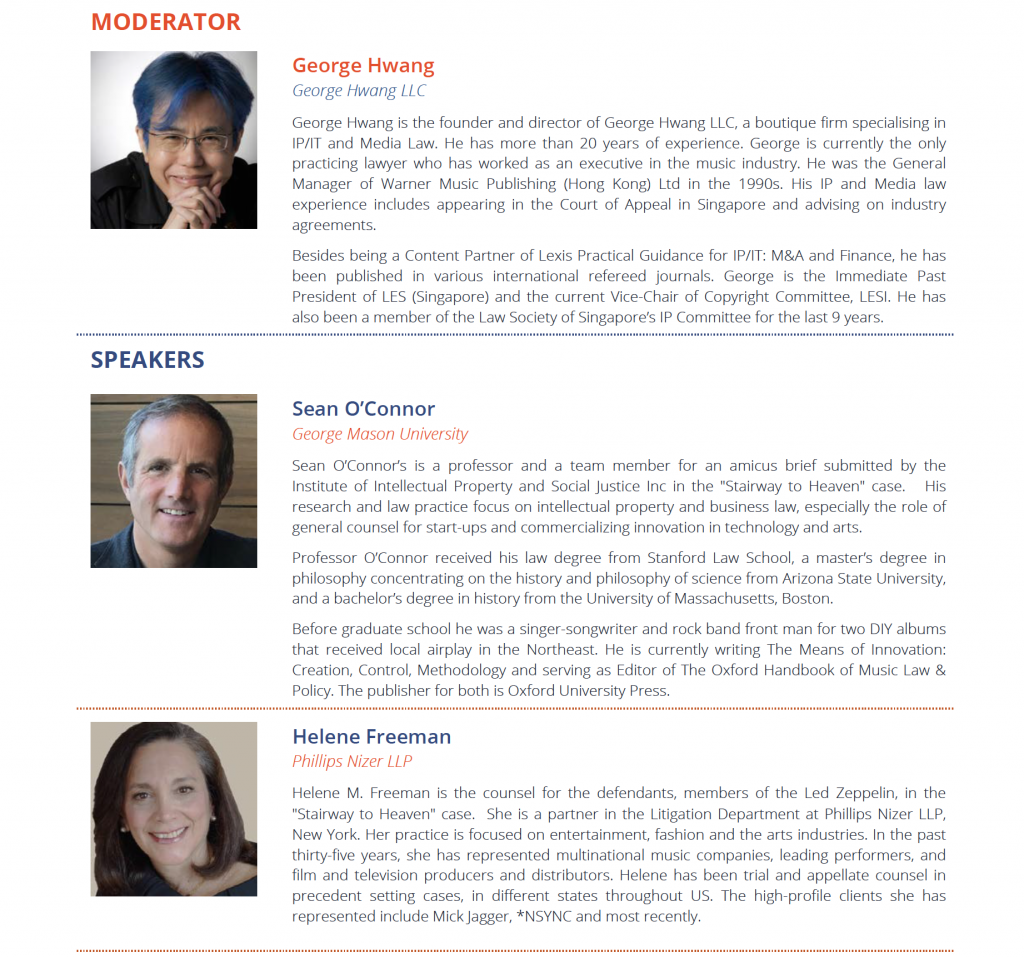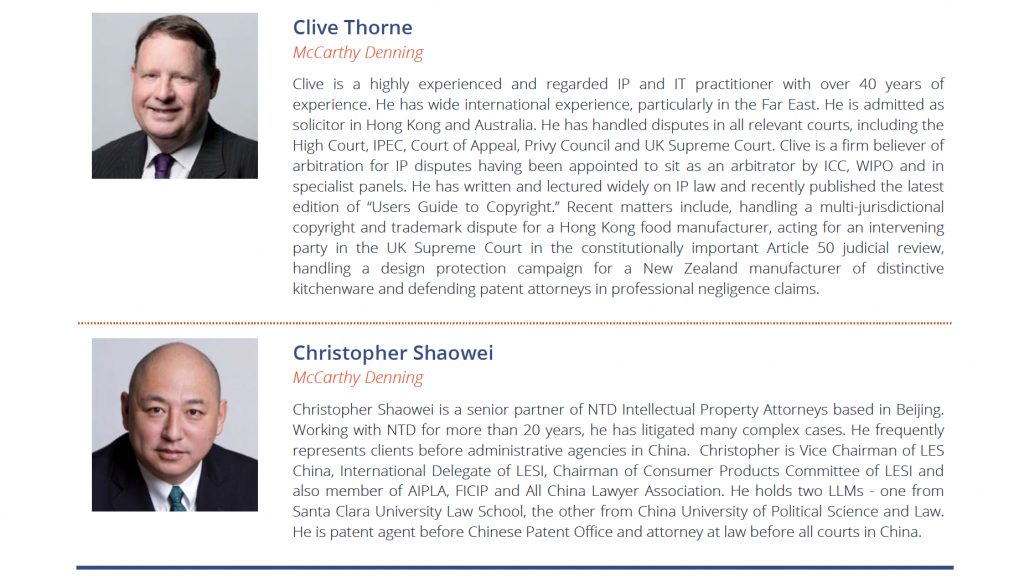In copyright infringement cases, we need to prove (1) the possibility of copying; and (2) the similarity is substantial. Should these two issues be considered separately? If yes, how should each be proven? 43 years from the release of the song “Stairway to Heaven”, two members of Led Zeppelin were sued for copyright infringement. The claim was brought by a trustee of the estate of Randy Wolfe, a guitarist of another band, Spirit, in May 2014. The whole process took 5 years. In Sep 2019, a full panel of 11 judges in the 9th Circuit Court of Appeal decided against an infringement. In between, a re-trial was ordered in 2018. The reason was the trial judge did not brief the jury correctly. When dismissing the claim, the court upheld the first instance judge’s refusal to allow the Plaintiff to play subsequent recordings of the songs. He was to rely on the sheet music deposited with the Copyright Office. The court also rejected the application of “inverse ratio” rule. This rule states that the higher the amount of access to Plaintiff’s work means the lower the amount of similarities Plaintiff needs to prove. Such a rule has little place in our internet age. How should evidence now be adduced in US? Will expert evidence be more heavily relied on now? How will lawyers from other jurisdictions approach the same facts?



